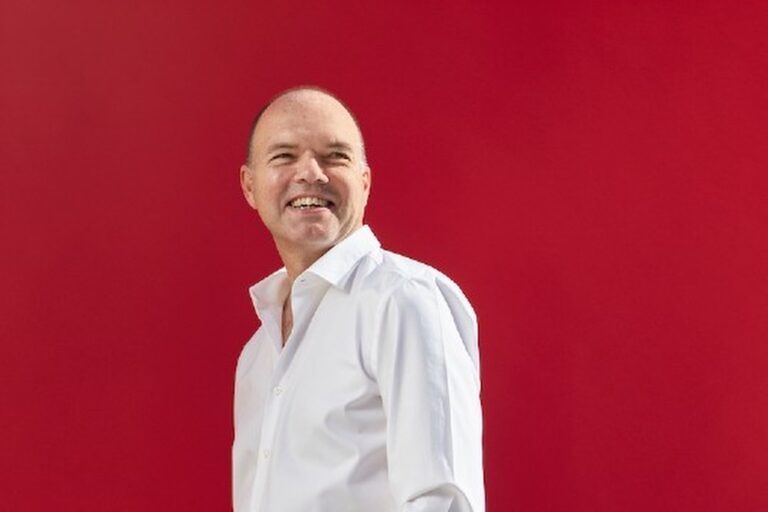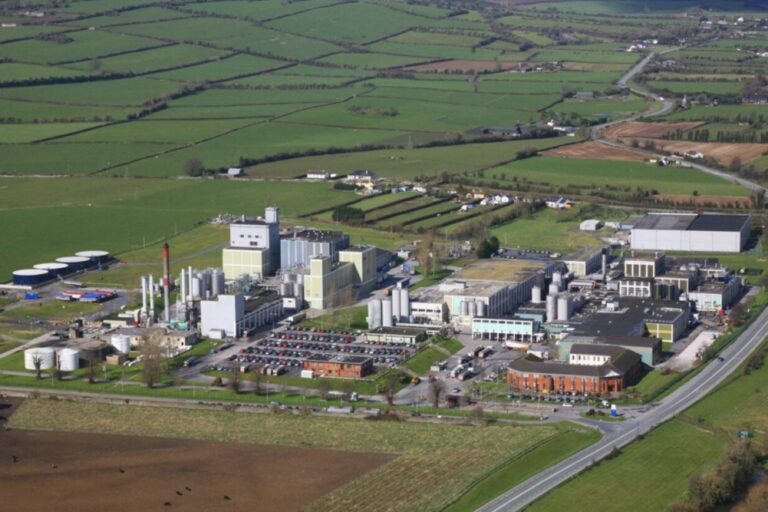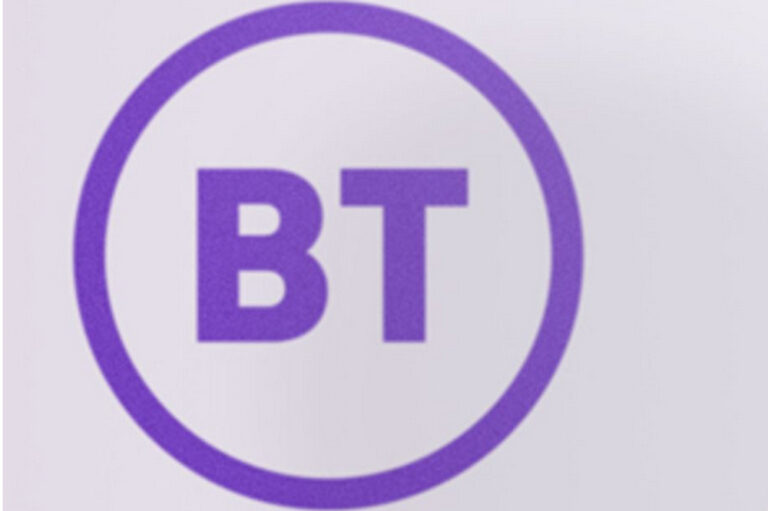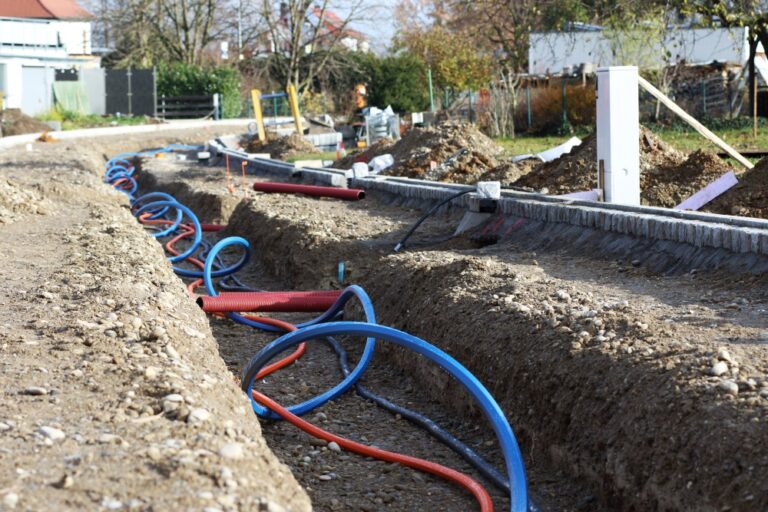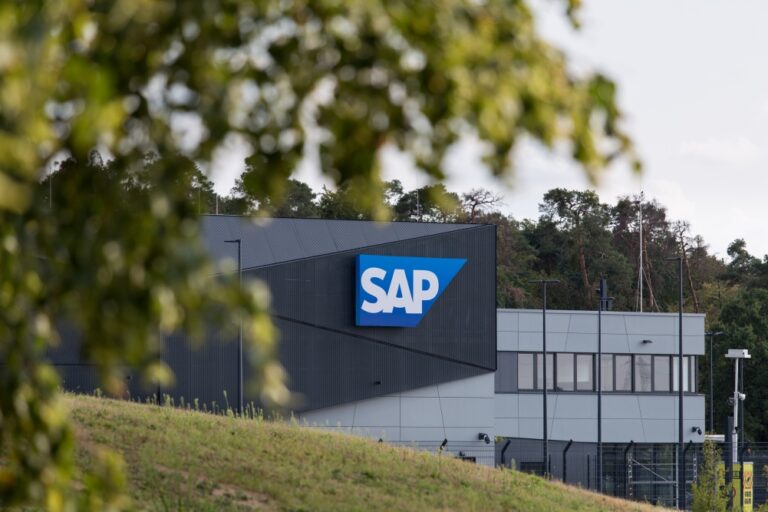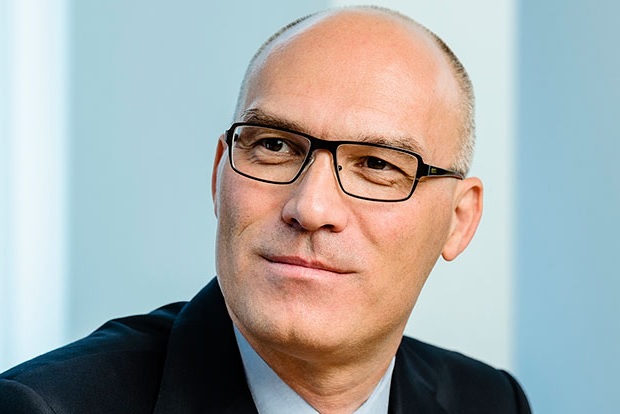The UK-based group noted improvement in the business and consumer sectors in most of its markets.
Vodafone Group has reported organic group service revenue growth of 3.3% for the quarter ended 30 June 2021, with improvements in consumer and business segments.
In the Q1 of the group’s current fiscal year (ending 31 March 2022), the company generated service revenues totalling €9.390 billion with its Vodafone Germany business accounting for more than 30% of the total – €2.872 billion, up marginally from €2.840 million in Q1 FY21.
Mobile service revenue represented the largest portion of total service revenues at €6.291 billion, up from €6.055 billion a year earlier.
Sales derived from fixed services was €3.099 billion (compared with €3.055 billion in Q1 of this yeara).
Total turnover was up by 5.6% year-on-year in organic terms, at €11.101 billion. Vodafone said this was due to service revenue growth in Europe and Africa, aand recovery in handset sales which were disrupted by the pandemic in the corresponding quarter a year earlier.
Growth in subscribers
Vodafone Group reported a mobile subscriber base totalling 272.401 million at 30 June 2021, up from 261.344 million a year earlier. The group’s fixed broadband accesses rose by 3.1% year on year to 24.575 million.
The compoany claimed to be a “leading converged connectivity provider: in Europe, with 7.9 million converged customers and 142 million ‘marketable’ (that is premises passed) broadband homes.
It also claims to cover 98% of the population with 4G in the European markets it which it operates and has launched 5G in 243 cities across ten markets.
In Africa, meanwhile, Vodafone Group claims to now cover 67% of the population with its 4G signal in the markets in which it operates.
Vodafone Group’s CEO Nick Read (pictured) stated, “I am pleased to report that we are back to service revenue growth in Europe, as well as Africa. This growth was broad based within both Consumer and Business segments, with the vast majority of our markets contributing.
“This is a result of our commercial and operating momentum built over the past three years as part of our strategic transformation.”


